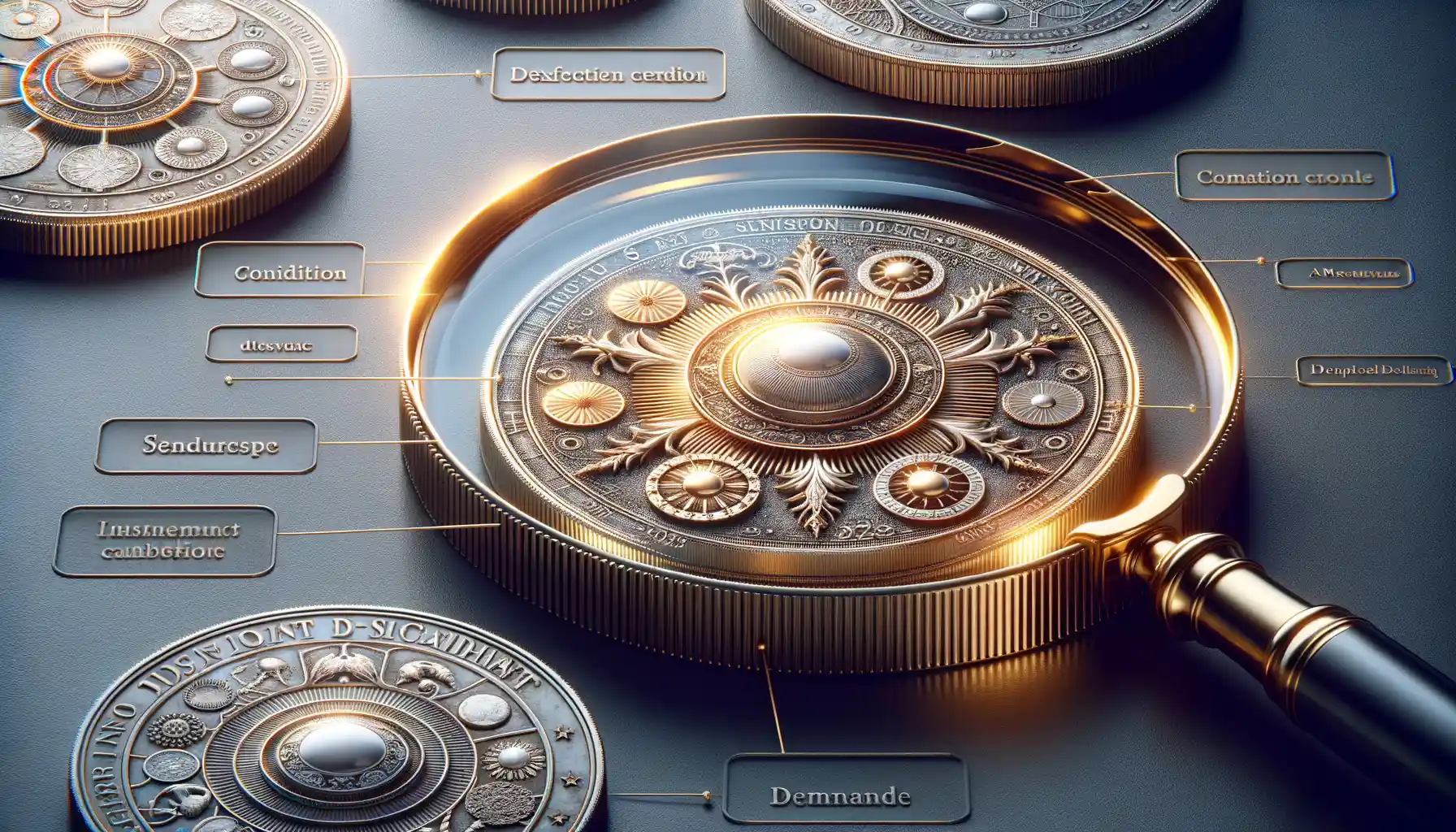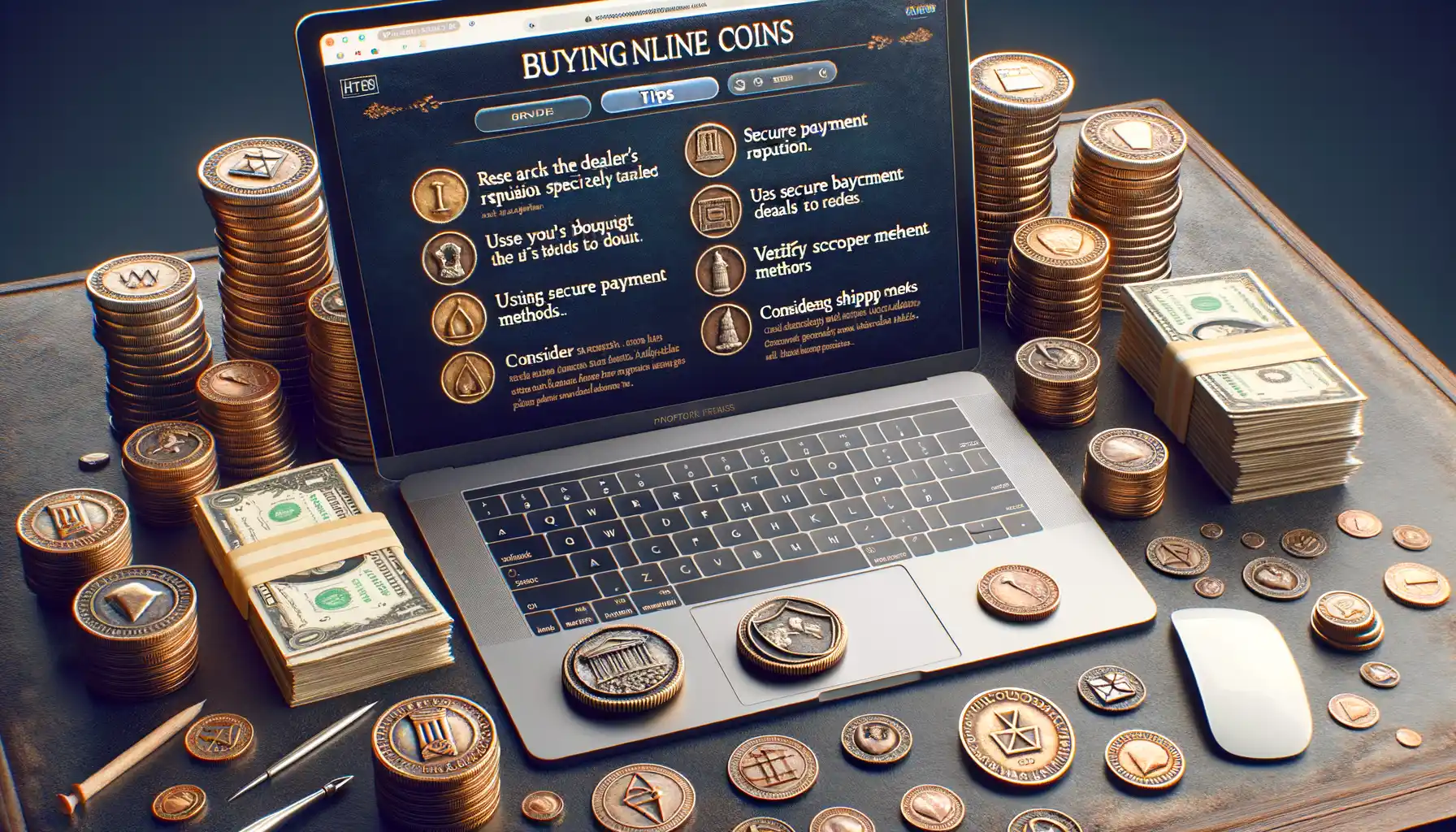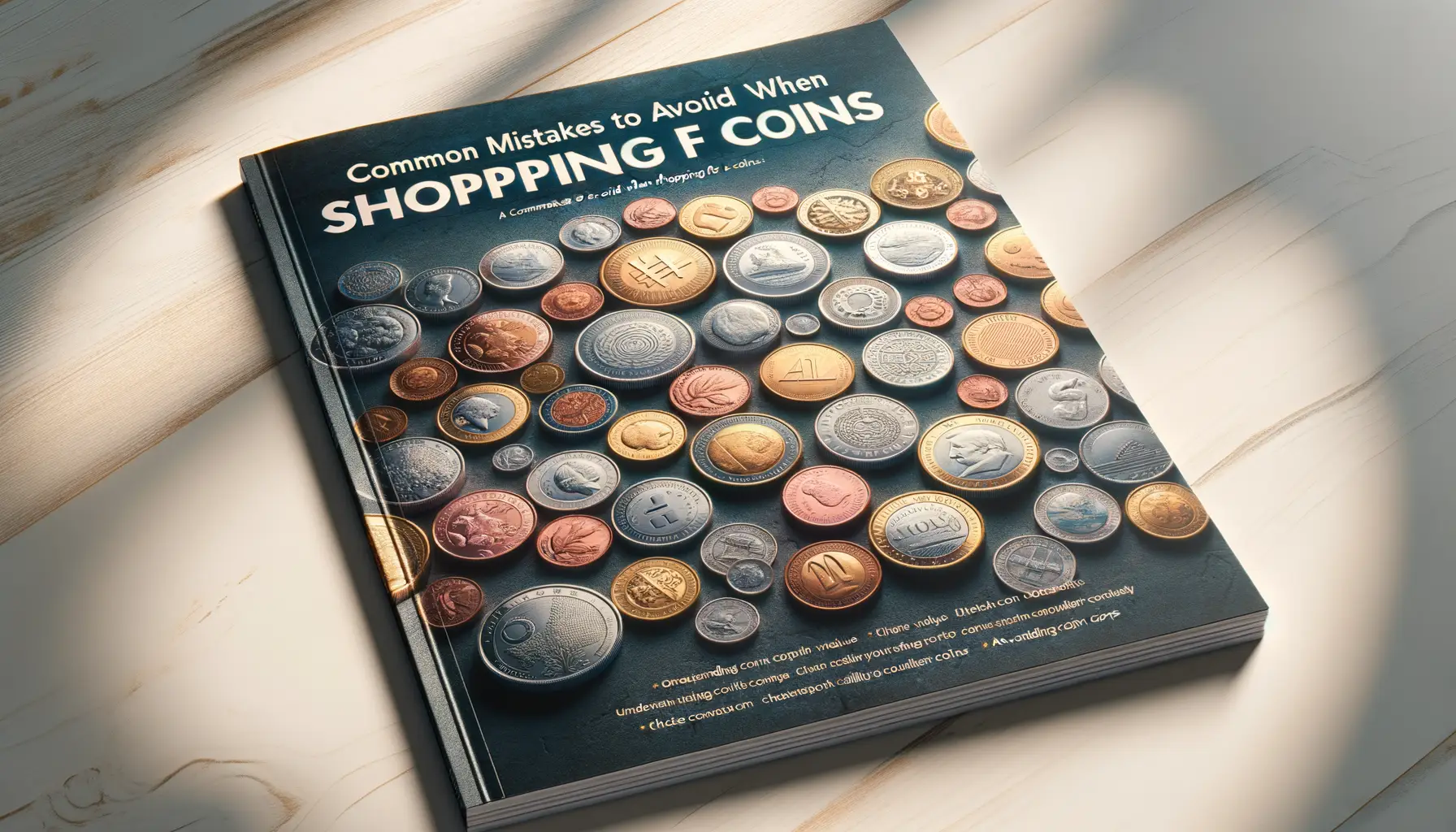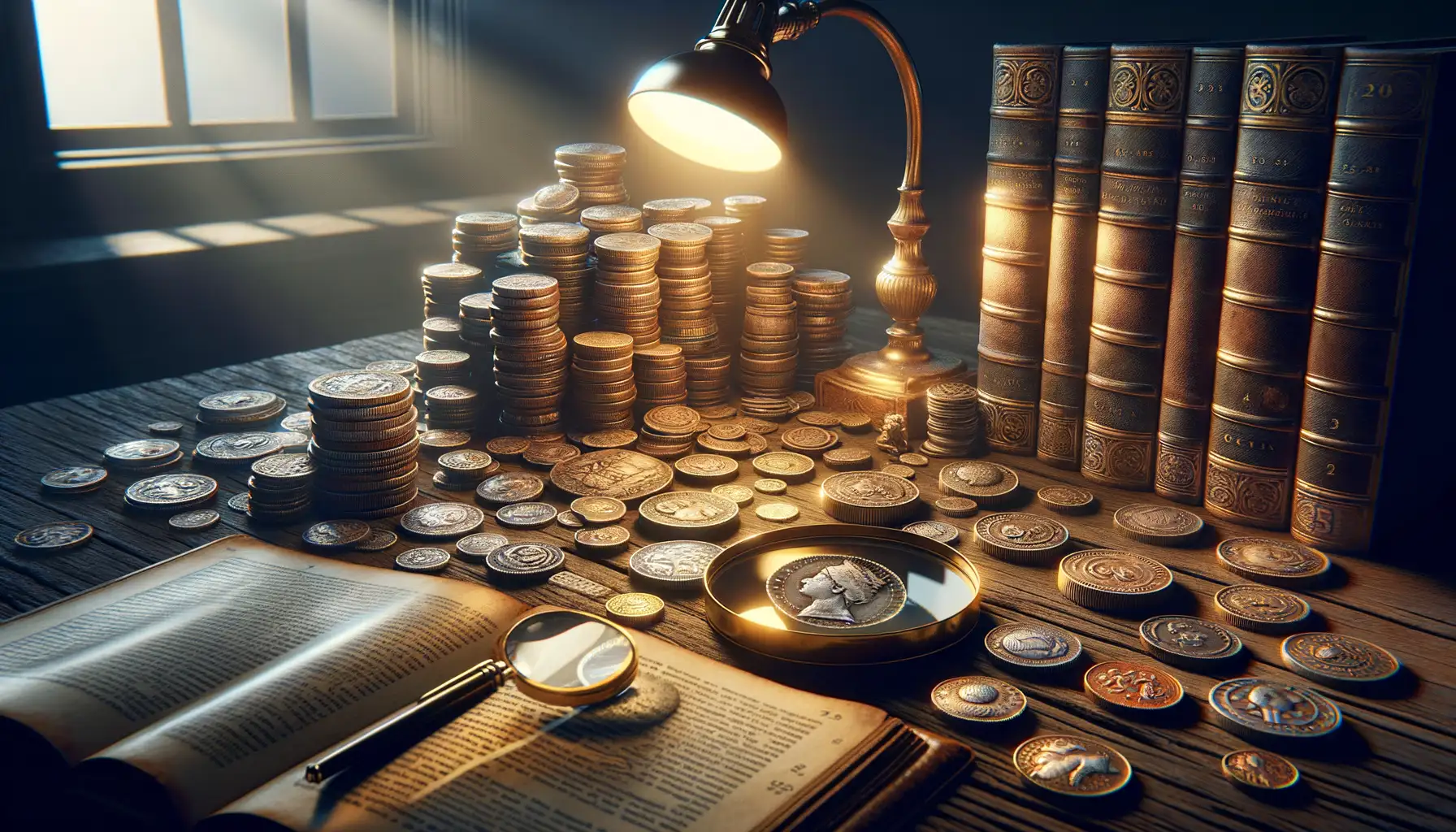How to Identify Quality Coins Online
Spotting a Gem Among the Coins
Shopping for coins online can feel like treasure hunting—exciting but tricky! A key skill every collector needs is identifying quality coins. But how do you separate the shining stars from the imposters? First things first: study the coin’s photos like a detective. Clear, high-resolution images are a good sign the seller takes their listing seriously. Look for sharp details in design and text—they’re like the fingerprints of a well-struck coin. If the edges look crisp, that’s another green flag.
Now, don’t forget to check the coin’s condition. Does it have scratches, discoloration, or worn-out areas? A heavily circulated coin may not hold much value unless it’s rare. And here’s a pro tip: if a coin is described as “mint state” or has a certification from authorities like PCGS or NGC, it’s likely a keeper.
- Read listings carefully, especially for buzzwords—terms like “replica” or “reproduction” are warning signs.
- Ask questions! Reputable sellers should be open to providing close-up photos or certification details.
Remember, online shopping for coins isn’t just about the hunt—it’s about finding well-preserved treasures with stories waiting to be told.
Factors That Add Value to Collectible Coins

Intriguing Stories Hidden in Coins
Ever held a coin and wondered about the journey it’s been on? The truth is, some coins carry not just monetary worth but pieces of history that make them downright priceless. Collectors often prize those with an exceptional story. For example, a 1943 Lincoln penny made of steel instead of copper isn’t just rare—it’s a wartime relic that whispers tales of resource conservation during World War II.
What else adds a spark of value? Unique mint errors. These quirks—like double-struck designs or off-center prints—turn ordinary coins into happy accidents. It’s like finding a typo in a first-edition book; it becomes even more intriguing! Not convinced? Consider the famous 2000 Sacagawea “Cheerios” dollar. The tiniest difference in design transformed it into a sought-after gem.
The Role of Condition and Rarity
A well-preserved coin can shine brighter than a new one. With grading scales like the Sheldon Scale, experts evaluate wear, luster, and overall condition. A flawless 70-grade coin? Practically a unicorn.
But condition isn’t everything. Some coins are valuable simply because they’re scarce. Picture this: owning one of the mere five surviving 1913 Liberty Head nickels. It’s exclusivity at its finest, making rarity one of the ultimate golden tickets in the world of coin collecting.
Tips for Safely Buying Coins from Online Dealers

Start with Trust: Vetting Online Dealers
The first rule of buying coins online? Know who you’re dealing with. Imagine handing over your hard-earned cash without knowing if you’ll receive anything but disappointment in return. That’s the risk of skipping research. Look for dealers who flaunt their credentials—like memberships with organizations such as the American Numismatic Association (ANA) or the Professional Numismatists Guild (PNG). These affiliations scream trustworthiness.
Also, don’t overlook reviews. Soak up what others are saying about the dealer. Glowing feedback from fellow collectors? Bonus points. Shady patterns like delayed shipping or counterfeit coins? Run faster than a penny rolling downhill!
Red Flags You Shouldn’t Ignore
Navigating the coin-buying world can feel like walking through a minefield, but there are clear warning signs to steer clear of:
- Unbelievably low prices: If it sounds too good to be true—it probably is. A “rare” gold coin for half its market value? Not happening.
- No clear refund policy: Reliable dealers want happy customers, and an ironclad return policy shows they stand by their products.
- No third-party certification: Coins graded by trusted services like PCGS or NGC are like getting a badge of authenticity—don’t skip this assurance.
Ultimately, trust your instincts. If something feels off, hit pause and find a seller that checks all the right boxes.
Common Mistakes to Avoid When Shopping for Coins

Falling for “Too Good to Be True” Deals
Picture this: you’re browsing an online coin store and stumble upon a rare, 18th-century silver dollar priced ridiculously low. Your excitement kicks in, and you click “buy” faster than you can say “mint mark,” only to discover later it’s a poorly made replica. Heartbreaking, right? One of the biggest mistakes newbie collectors make is trusting deals that seem impossibly good. Remember, if a coin’s price looks like a steal compared to its market value, your gut should be raising red flags.
Be wary of websites that don’t provide clear details about their coins. A reputable seller will always include sharp photos, descriptions of the coin’s condition, and specifics like mint marks or grading certifications. It’s easy to fall victim to vague listings—don’t let it happen to you!
Overlooking Seller Reputation
It’s tempting to hit “buy” the minute you spot that golden beauty you’ve been searching for, but hold up! Did you even check the seller’s credentials? Skipping this step could lead you straight into the hands of a shady dealer. Before you make any purchase, ensure the seller has:
- A history of stellar reviews from other collectors.
- Transparent return policies—because we all make mistakes, right?
- Certifications or affiliations with trusted numismatic organizations (like the ANA).
Treat buying coins like choosing a trustworthy friend—because your collection deserves no less!
Understanding Coin Grading and Authentication

Why Coin Grading is Like Unlocking a Treasure Map
Imagine you’re holding an ancient, glimmering coin in your hand. Now imagine not knowing if it’s authentic or worth a dime! That’s where coin grading and authentication come into play. Think of it as the treasure map that tells you exactly how valuable your coin truly is.
Professional coin grading companies, like PCGS or NGC, evaluate coins based on condition, rarity, and overall appeal. But the magic lies in the details: Is the surface shiny and smooth? Are there any scratches or dents? Every detail is scrutinized to assign a grade—typically on a scale from 1 (poor) to 70 (perfect).
Signs Your Coin is the Real Deal
How do you know your prized find isn’t a clever fake? Authentication ensures your coin is genuine, giving you peace of mind as a collector. Look for:
- Certification holders: A graded coin will come sealed in a protective slab with information about its grade.
- Unique markers: Mint marks, design errors, or other quirks can indicate authenticity.
Skip this step, and you’re just flipping pennies—authentication matters more than meets the eye!
